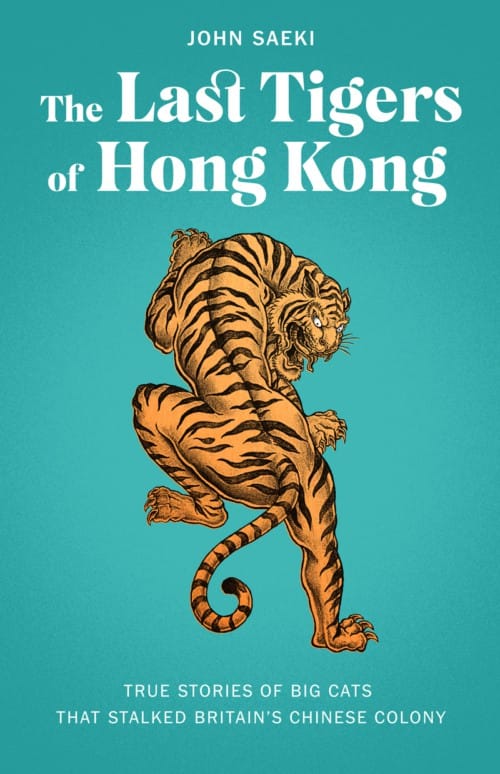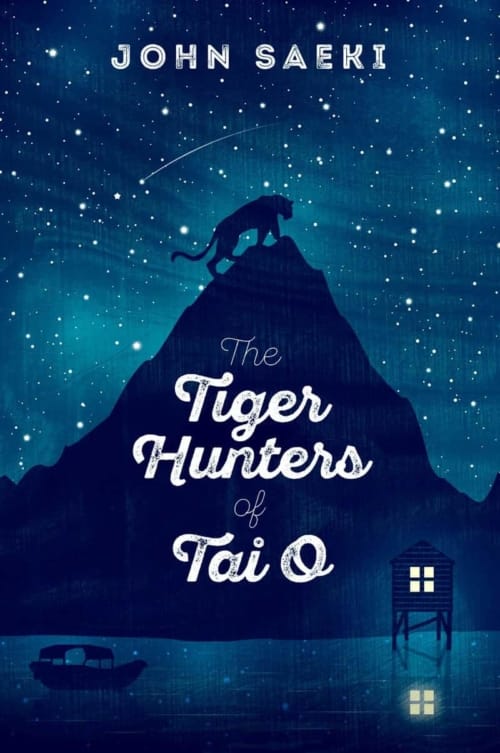John Saeki runs the graphics desk in the Hong Kong office of the international newswire Agence France-Presse. He spends his working days writing, designing and editing maps, charts and information graphics on world news. When he is not composing explainers and factfiles on spy scandals, refugee crises and wildlife, he likes to explore the historical trails and villages of Hong Kong. And when he is not doing that, he might well be writing songs about the scandals of the territory and the hopes and aspirations of its people.
He has lived in Hong Kong for 17 years and is raising a family in the strange, mixed-up place he calls home.

